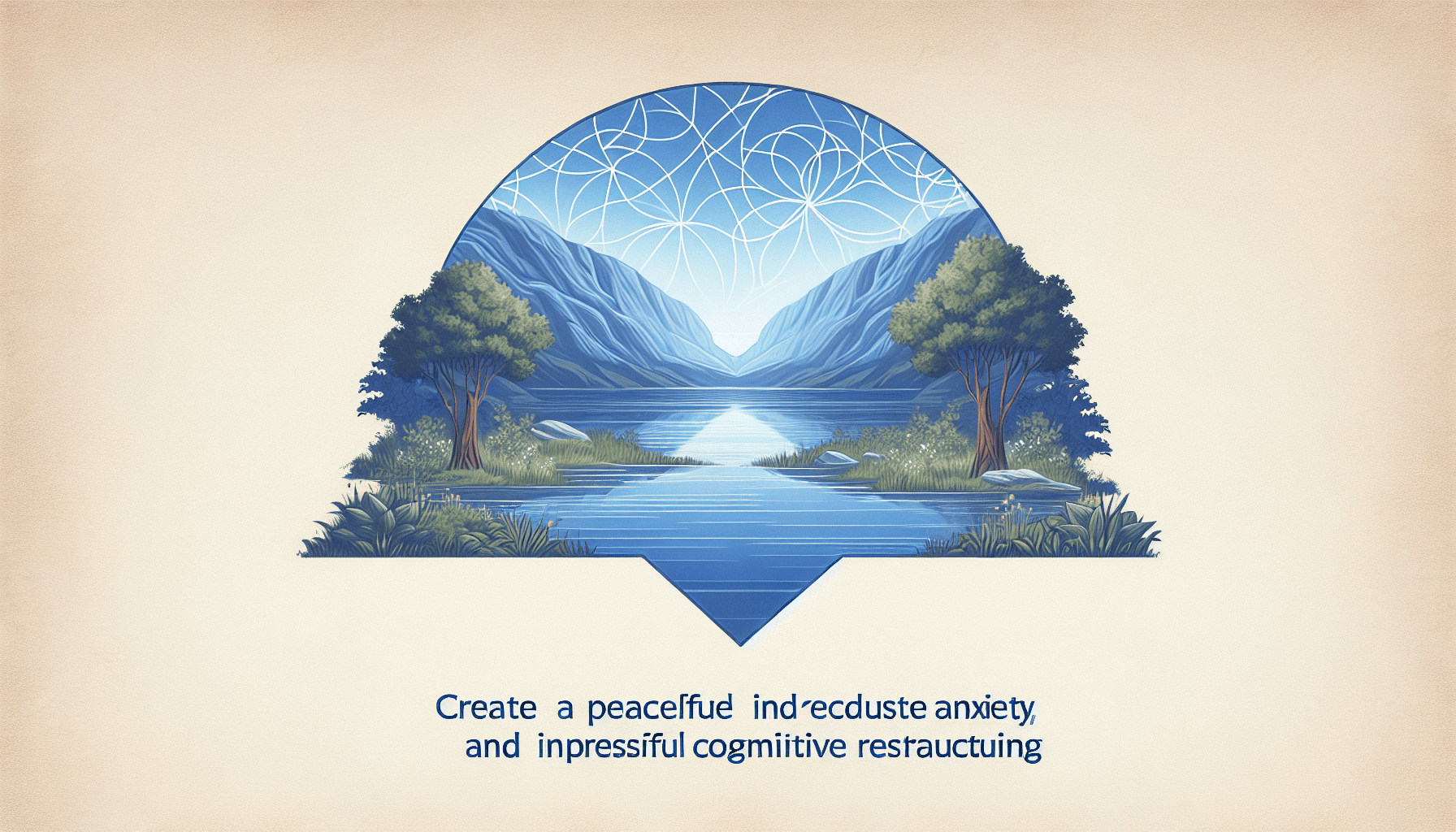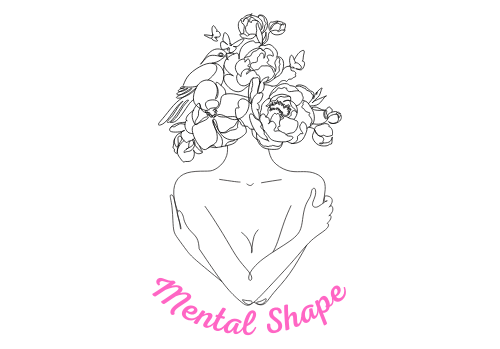Welcome to an article that explores the powerful benefits of cognitive restructuring. By changing the way you think about a situation, cognitive restructuring can help you manage stress, improve your mood, and enhance your overall well-being. Let’s dive into how this simple yet effective technique can positively impact your mental health and daily life. Have you ever found yourself trapped in negative thought patterns that seem impossible to break free from? Do you often feel overwhelmed by anxious or depressive thoughts that prevent you from living life to the fullest? If so, cognitive restructuring might be the key to unlocking a more positive and balanced mindset. In this article, we will explore the benefits of cognitive restructuring and how it can help you transform your thinking for the better.

Understanding Cognitive Restructuring
Cognitive restructuring is a technique used in cognitive-behavioral therapy (CBT) to help individuals challenge and change their negative or distorted thought patterns. This approach involves identifying and replacing irrational beliefs and negative self-talk with more realistic and positive alternatives. By altering the way you interpret and respond to situations, cognitive restructuring can help you develop a healthier and more adaptive perspective on life.
What is Cognitive Restructuring?
Cognitive restructuring is based on the idea that our thoughts influence our emotions and behaviors. When we hold onto negative beliefs or cognitive distortions, it can lead to feelings of anxiety, depression, and other emotional difficulties. By examining and challenging these beliefs, individuals can learn to reframe their thoughts in a more constructive and rational manner. This process involves identifying automatic negative thoughts, evaluating their validity, and replacing them with more balanced and realistic interpretations.
The Benefits of Cognitive Restructuring
Now that we have a better understanding of what cognitive restructuring entails, let’s explore some of the key benefits of incorporating this technique into your daily life.
Improved Emotional Regulation
One of the primary benefits of cognitive restructuring is improved emotional regulation. By challenging negative thought patterns and learning to replace them with more positive and realistic beliefs, individuals can gain better control over their emotions. This can help reduce feelings of anxiety, depression, and stress, allowing you to respond to challenging situations with greater resilience and composure.
Increased Self-Confidence
Cognitive restructuring can also lead to increased self-confidence and self-esteem. By replacing self-critical and undermining thoughts with more empowering beliefs, individuals can cultivate a more positive self-image and sense of self-worth. This can help you feel more confident in your abilities and more secure in yourself, leading to greater overall well-being and satisfaction.
Enhanced Problem-Solving Skills
Another benefit of cognitive restructuring is enhanced problem-solving skills. By challenging negative thinking patterns and reframing situations in a more constructive light, individuals can develop a more effective approach to solving problems and managing challenges. This can lead to greater resilience, adaptability, and resourcefulness in the face of adversity, allowing you to navigate life’s ups and downs with greater ease and confidence.
How to Practice Cognitive Restructuring
Now that we’ve outlined some of the benefits of cognitive restructuring, let’s discuss how you can start incorporating this technique into your everyday life.
Identify Automatic Negative Thoughts
The first step in practicing cognitive restructuring is to identify your automatic negative thoughts. These are the fleeting, often unconscious beliefs that pop into your head in response to triggering events or situations. By becoming more aware of these thoughts, you can begin to recognize patterns and themes that may be contributing to your emotional distress.
Challenge Negative Beliefs
Once you’ve identified your automatic negative thoughts, the next step is to challenge these beliefs. Ask yourself questions like, “Is this thought based on evidence?” or “Is there another way to interpret this situation?” By questioning the validity of your negative beliefs, you can begin to see them in a more objective light and consider alternative perspectives.
Replace Negative Thoughts with Positive Alternatives
After challenging your negative beliefs, the final step is to replace them with positive alternatives. This involves reframing your thoughts in a more balanced and realistic manner. For example, if you catch yourself thinking, “I’m a failure,” you could reframe this belief as, “I may have made a mistake, but that doesn’t mean I’m a failure. I can learn from this experience and grow stronger as a result.”
Practice Self-Compassion
In addition to challenging and replacing negative thoughts, it’s important to practice self-compassion throughout the cognitive restructuring process. Be gentle and patient with yourself as you work to change your thinking patterns. Remember that it’s normal to experience setbacks and resistance, and that progress takes time and effort.
Seek Professional Support
If you’re struggling to practice cognitive restructuring on your own, consider seeking professional support from a therapist or counselor. Cognitive restructuring is a core component of cognitive-behavioral therapy (CBT), and a trained mental health professional can help guide you through the process and provide additional strategies and tools to support your mental and emotional well-being.
Conclusion
In conclusion, cognitive restructuring is a powerful technique that can help you break free from negative thought patterns and cultivate a more positive and balanced mindset. By identifying and challenging automatic negative thoughts, replacing them with more constructive beliefs, and practicing self-compassion along the way, you can transform your thinking and improve your emotional well-being. Whether you’re struggling with anxiety, depression, low self-esteem, or simply looking to enhance your problem-solving skills, cognitive restructuring can offer a pathway to greater resilience, optimism, and personal growth. So why not give it a try and see how it can benefit you? Remember, your thoughts have the power to shape your reality – so choose wisely.

